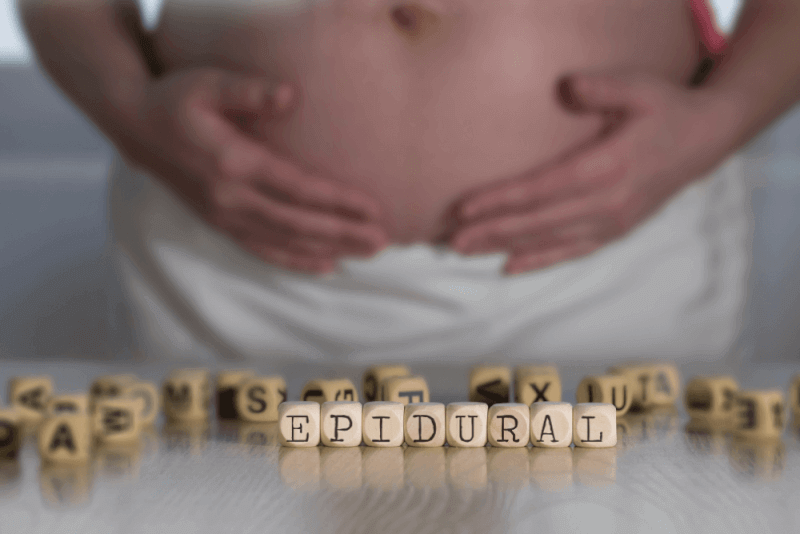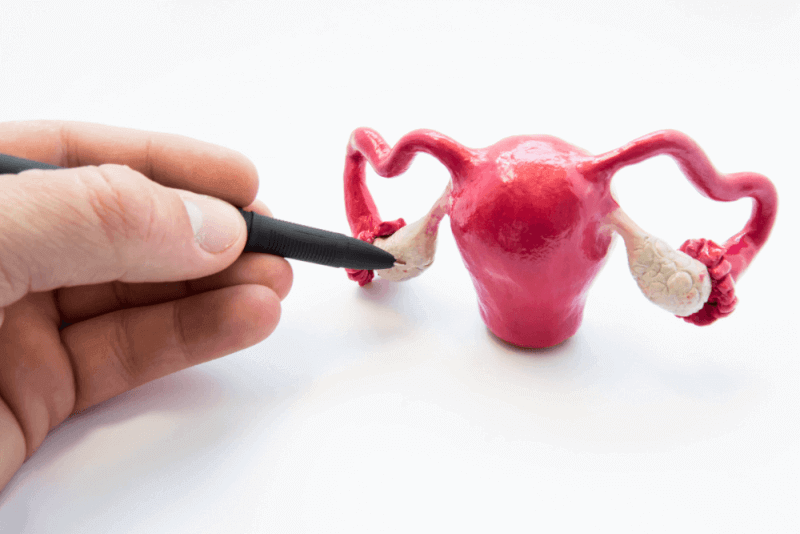What is a Cesarean Section?
A cesarean section is the surgical delivery of a baby when vaginal birth is not possible. The procedure is performed under anesthesia in an operating room. The most important criterion for deciding on a cesarean section is the health of the mother and baby.
In some cases, a cesarean section is planned in advance, while in others, it is decided based on complications and different situations that arise during vaginal birth. First, an incision is made on the abdominal skin, then on the uterus, to deliver the baby. After the baby is delivered, the placenta is removed, and the incision is closed with stitches.
Reasons for Cesarean Section
There are many reasons for deciding on a cesarean section. Some of these reasons are as follows:
- Insufficient dilation of the cervix, preventing the progress of labor
- The baby's position is breech or transverse
- The baby's head enters the birth canal incorrectly
- Premature separation of the placenta
- Excessive bleeding
- Decreased fetal heart rate
- Maternal health problems
- The baby is very large (4000 grams or more)
- The mother's pelvic bones are narrow
- The mother has a genital herpes infection
- Prolonged labor
- If there are conditions such as fibroids in the birth canal that prevent the baby from passing, a cesarean section may be decided.
Types of Cesarean Section
There are different types of cesarean sections, and the doctor will inform you about which type will be performed. Just as there are different types of cesarean sections, there are also different types of anesthesia used during the surgery. Nowadays, epidural anesthesia is mostly preferred, but general anesthesia is also given to some patients.
Horizontal/Lower Segment (Pfannenstiel Incision)
This is the most commonly preferred type of incision in cesarean sections. A horizontal incision is made in the lower abdomen. This type of incision results in less blood loss compared to others. After the cesarean surgery, complications such as bleeding and hernia are minimized. The incision area heals faster, and the postoperative appearance is not aesthetically disturbing.
Vertical Classic Cesarean (Midline Incision)
A vertical incision is made along the middle line of the abdomen and uterus. After the skin is cut, the uterus is opened vertically, and the baby is delivered. The most important advantage of vertical cesarean is the quick access to the uterus in emergencies. If there is a health problem with the baby or mother, or complications have developed during labor, a vertical classic cesarean may be preferred.
Cesarean Hysterectomy (Postpartum Hysterectomy)
In a cesarean hysterectomy, the uterus is removed after the baby is delivered. This method may be preferred when the placenta does not separate from the uterine wall or in cases of prolonged postpartum bleeding.
Risks of Cesarean Section
As with any surgery, there are some risks associated with a cesarean section. These risks include:
- Damage to internal organs such as the intestines, bladder, or ureters
- Increased risk of blood clots after cesarean
- Infection at the incision site
- Increased bleeding after cesarean
- Longer recovery time compared to vaginal birth
- Infection in the uterus
- Risk of uterine rupture in subsequent pregnancies
Post-Cesarean Section Nutrition
After a cesarean section, the mother should follow a diet that will speed up recovery. Initially, the mother should start with soft and liquid foods to help the digestive system return to its normal function without strain.
- Foods rich in vitamin C should be consumed. Vitamin C is important for both the mother's and baby's health. Although breast milk contains vitamin C, it cannot be transferred to the baby if the mother is deficient.
- Consuming fibrous foods helps prevent constipation and other bowel problems. Foods like bananas, peas, carrots, and legumes help regulate bowel movements.
- A diet rich in fruits and vegetables increases the vitamins in breast milk, promoting healthier growth for the baby.
- Avoid excessively fatty, salty, and spicy foods.
- Avoid foods high in protein.
- Avoid processed and packaged foods.
- Drink plenty of water to help eliminate edema and regulate bowel movements.
Post-Cesarean Section Care
If the mother takes care of herself after a cesarean section, she can recover quickly. Although the recovery process varies from person to person, some key points to consider after a cesarean section are as follows:
- Avoid strenuous activities after a cesarean.
- Do not strain the stitches.
- Prioritize drinking plenty of fluids. Fluid intake helps regulate the bowels and eliminate edema.
- Use pain relievers recommended by your doctor if you experience pain after the cesarean.
- Avoid sexual intercourse for a certain period.
- Seek support if psychological problems arise after the cesarean section.
- Light walking can be beneficial for the mother in returning to daily life.








